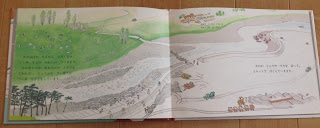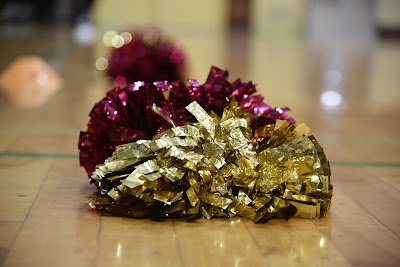As I mentioned that Japanese school lunch is not only beneficial for students
to enjoy the meals, it is also the time for the students to learn about health,
cooking, cleaning, manner, team work and knowing proper ways of eating certain foods.
The school I used to attend to in the united states had a cafeteria for lunch.
The students wait in a line, choose the foods from the foods prepared
on the counter and cooks serve the foods on students’ plates for them.
It is very different from Japanese school lunch.
Of course, the foods are completely different from what we have in Japan.
While I was in the school in the states (maybe, they serve different ones),
they used to serve French fries, hash browns, spaghetti, sausages, fried chicken,
beans, jelly, orange juice and so on. My favorite one was hash browns.
As soon as the students get their foods and sit, they start eating.
They can sit wherever they want to sit. After they finish eating,
they go throwing away their leftovers and put away their plates.
One of the major differences is the purpose of the school lunch time.
During lunch break, the students in Japan learn team work and the importance of foods.
Unlike Japanese school lunch time, the students in the states relax and enjoy
the time with their friends which seems to be their main purpose of their lunch break.
Another difference is that there should not be leftovers in Japan.
Leaving any foods left is considered a negative behavior.
So it is rare for Japanese students leave leftovers.
On the other hand, in America, they never judged me negatively
whenever I had leftovers. I remember they always told me not to force myself
to eat everything if I couldn't because it could hurt my stomach.
And clearly, the menu is different.
There is a culture difference behind each school lunch in each country.
Let’s see what they have for school lunch in Japan, America and other countries.
I would like to share a video of "jojonotdead",
"School lunches from around the world". Please enjoy!
T.F

































